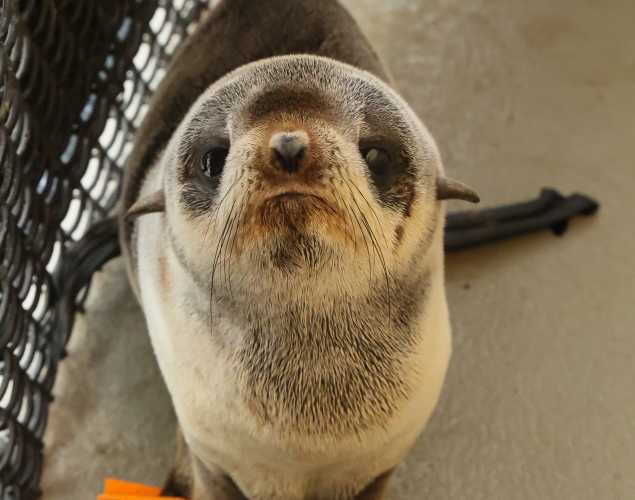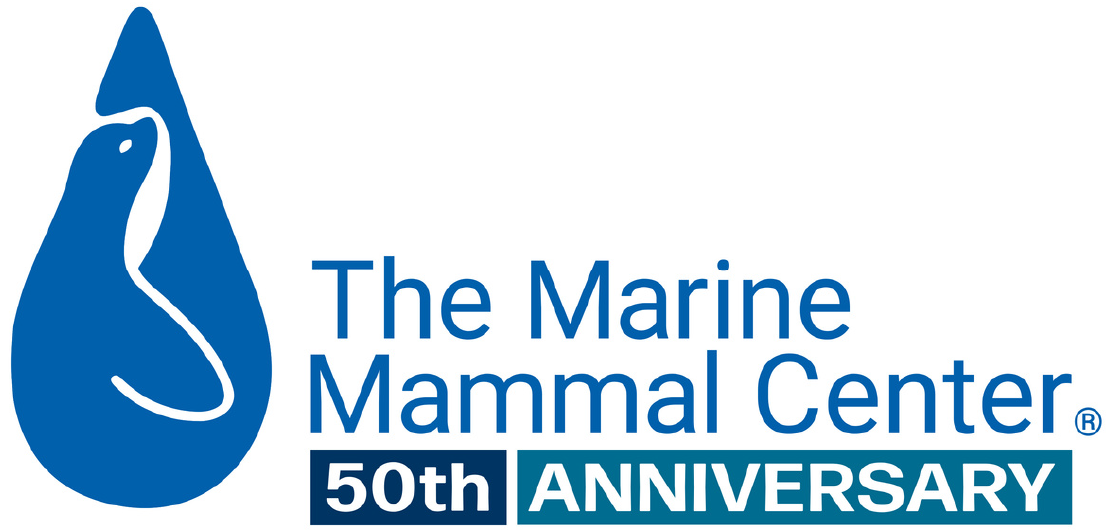
Novel Gammaherpesvirus in Northern Fur Seals Is Closely Related to the California Sea Lion Cancer-Associated Virus
- Cancer
- Herpesvirus
Abstract
Otarine herpesvirus 1 (OtHV1) is strongly associated with California sea lion (CSL, Zalophus californianus) urogenital carcinoma, the most common cancer documented in marine mammals. In addition to CSL, OtHV1 has also been found in association with carcinoma in South American fur seals (Arctocephalus australis), demonstrating it can infect related species. Northern fur seals (NFS, Callorhinus ursinus) are sympatric with CSL, and copulation between these species has been observed; yet, there are no reports of urogenital carcinoma in NFS. We describe a new Otarine herpesvirus found in vaginal swabs from NFS, herein called OtHV4. Partial sequencing of the polymerase gene and the glycoprotein B gene revealed OtHV4 is closely related to OtHV1, with 95% homology in the region of polymerase sequenced, and phylogenetic analyses demonstrate that they are sister taxa. An OtHV4-specific hydrolysis probe quantitative PCR was developed and validated, and its use on vaginal swabs revealed 16 of 50 (32%) wild adult female NFS were positive for OtHV4. The identification of a virus highly similar to the carcinoma-associated OtHV1 in a sympatric species without carcinoma suggests that comparative genomics of OtHV1 and OtHV4 may identify candidate viral oncogenes.
Cortes-Hinojosa, G., Gulland, F.M.D., DeLong, R., Gelatt, T., Archer, L., Wellehan Jr., J.F.X. 2016. A novel gammaherpesvirus in Northern fur seals (Callorhinus ursinus) is closely related to the California sea lion (Zalophus californianus) carcinoma-associated otarine herpesvirus-1. Journal of Wildlife Disease. 52(1): 88-95.
Related Publications
{"image":"\/Animals\/Wild\/Other species\/bighorn-sheep-shutterstock.jpg","alt":"bighorn sheep","title":"Domestic Sheep and Bighorn Sheep Carry Distinct Type of Herpesviruses","link_url":"https:\/\/www.marinemammalcenter.org\/publications\/domestic-sheep-and-bighorn-sheep-carry-distinct-type-of-herpesviruses","label":"Research Paper"}

{"image":"\/Animals\/Patients\/California sea lions\/2018\/cropped-images\/csl-leadbelly-by-bill-hunnewell-c-the-marine-mammal-center-664-0-2502-1954-1607626905.jpg","alt":"California sea lion","title":"Contaminant Exposure and Herpesvirus Associated with Cancer in Wild Sea Lions","link_url":"https:\/\/www.marinemammalcenter.org\/publications\/contaminant-exposure-and-herpesvirus-associated-with-cancer-in-wild-sea-lions","label":"Research Paper"}

Contaminant Exposure and Herpesvirus Associated with Cancer in Wild Sea Lions
Read More{"image":"\/Animals\/Wild\/California sea lion\/cropped-images\/csl-on-a-rock-shutterstock-191-0-3072-2400-1617060454.jpg","alt":"California sea lion on a rock","title":"Unlocking the Role of a Genital Herpesvirus in California Sea Lion Cervical Cancer","link_url":"https:\/\/www.marinemammalcenter.org\/publications\/unlocking-the-role-of-a-genital-herpesvirus-in-california-sea-lion-cervical-cancer","label":"Research Paper"}

Unlocking the Role of a Genital Herpesvirus in California Sea Lion Cervical Cancer
Read More{"image":"\/Animals\/Wild\/Humpback whale\/cropped-images\/humpback-whale-sea-lions-photo-c-bill-hunnewell-190-2-2774-2167-1659123832.jpg","alt":"humpback whales and California sea lions feeding","title":"Aquatic Mammals","link_url":"https:\/\/www.marinemammalcenter.org\/publications\/aquatic-mammals","label":"Research Paper"}

Related News
{"image":"\/Animals\/Wild\/California sea lion\/cropped-images\/csl-on-a-rock-shutterstock-191-0-3072-2400-1617060454.jpg","alt":"California sea lion on a rock","title":"Herpesvirus Triggers Cervical Cancer Affecting Nearly 1 in 4 Adult Sea Lions, Parallels to Human Cancer Research","link_url":"https:\/\/www.marinemammalcenter.org\/news\/herpesvirus-triggers-cervical-cancer-affecting-nearly-1-in-4-adult-sea-lions-parallels-to-human-cancer-research","label":"Press Release","date":"2021-03-30 02:00:00"}

Herpesvirus Triggers Cervical Cancer Affecting Nearly 1 in 4 Adult Sea Lions, Parallels to Human Cancer Research
March 30, 2021
Read More{"image":"\/People\/Action\/Research\/cropped-images\/csl-necropsy-jackie-isbell-barbie-halaska-by-bill-hunnewell-c-the-marine-mammal-center-282-2-3110-2430-1612218320.jpg","alt":"Researchers prepare a California sea lion for necropsy","title":"Significant Cancer Rates in California Sea Lions Have Major Human Health Implications","link_url":"https:\/\/www.marinemammalcenter.org\/news\/significant-cancer-rates-in-california-sea-lions-have-major-human-health-implications","label":"Press Release","date":"2021-02-01 01:00:00"}

Significant Cancer Rates in California Sea Lions Have Major Human Health Implications
February 1, 2021
Read More{"image":"\/Animals\/Patients\/California sea lions\/2011\/cropped-images\/csl-superstition-photo-c-the-marine-mammal-center-0-0-714-558-1612227061.jpg","alt":"California sea lion Superstition","title":"LA Times: Sea lions are dying from a mysterious cancer. The culprits? Herpes and DDT","link_url":"https:\/\/www.marinemammalcenter.org\/news\/la-times-sea-lions-are-dying-from-a-mysterious-cancer","label":"In the News","date":"2021-01-31 01:00:00"}

LA Times: Sea lions are dying from a mysterious cancer. The culprits? Herpes and DDT
January 31, 2021
Read More